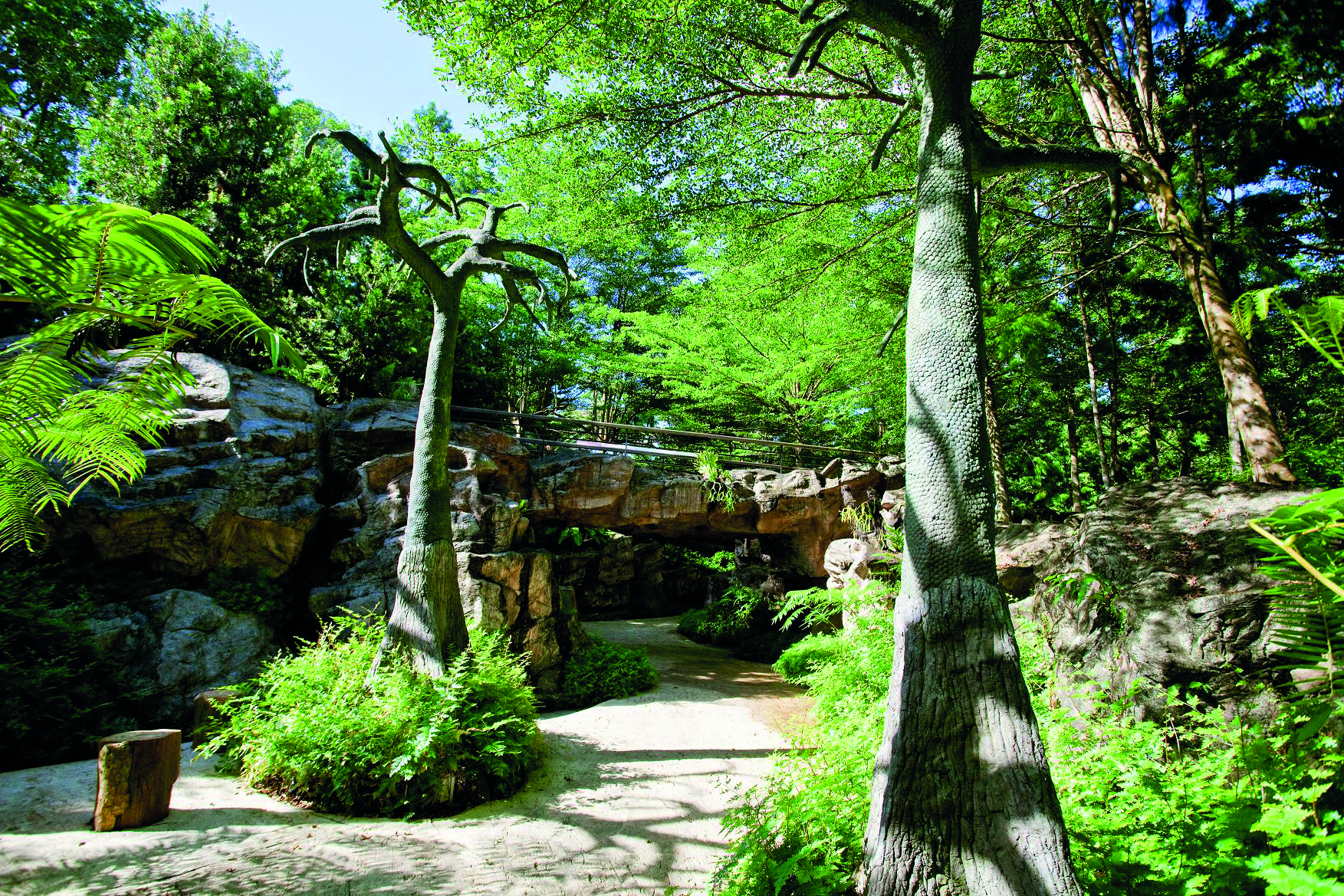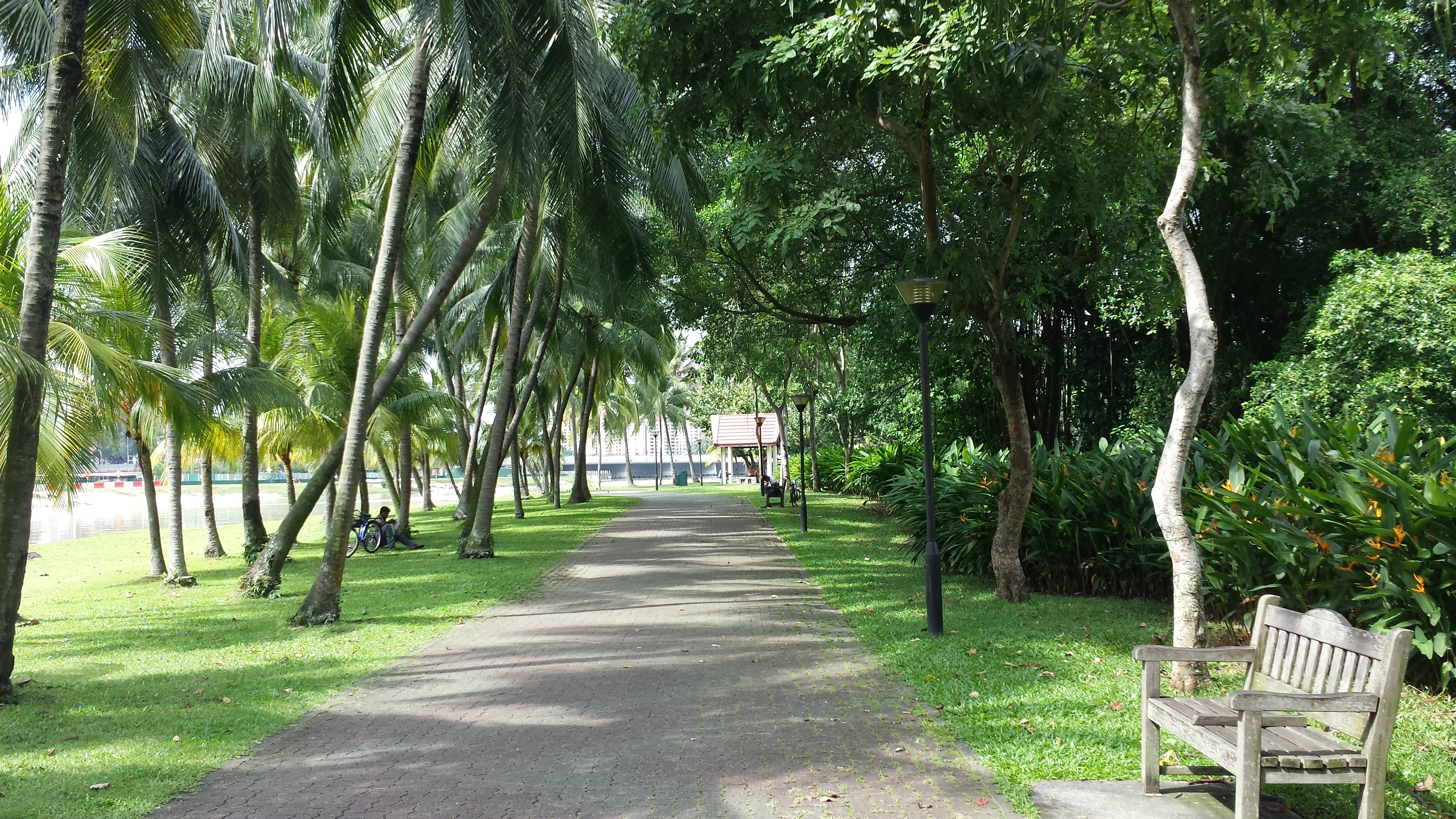While rolling out a digitalisation master plan today, National Parks Board (NParks) of Singapore asserted that it will progressively tap on more technologies in coming three years to improve operational efficiency and processes. The plan was unveiled at the International Federation of Landscape Architects World Congress (IFLA).
NParks will focus on leveraging technologies to improve three main areas – arboriculture, horticulture and nature conservation and biodiversity management.
The agency is currently piloting an electronic sensor that can detect early signs of structural instability in trees. This could help it to identify potential tree failures earlier so that measures can be taken.
Notably, NParks is responsible for the inspection and management of about 2 million trees in Singapore.
In addition to this, NParks is also currently working with various researchers to make use of data models and environmental sensor data for tree analytics.
The agency is also working on the Finite Element Model which studies the impact of wind on a tree’s stability. It can estimate how force is needed to break or uproot the tree. This will provide arborists with an additional tool to determine maintenance needs of a tree.
For catering to the water needs of the plants, NParks is piloting a smart irrigation system that can automatically trigger the watering of plants during dry weather conditions.
Moreover, it is also testing an RFID inventory system to consolidate information such as species name and location on all plants in its nurseries. This will allow NParks to track how the plants have been distributed more efficiently.
In its effort to strengthen nature conservation efforts, NParks is currently developing a prototype system called Forest Fire Detection System (FFDS) that can detect forest fires and automatically activate a drone to provide real-time information of a fire.
Digital cameras will be installed at various locations to provide continuous monitoring of Singapore's nature reserves.




